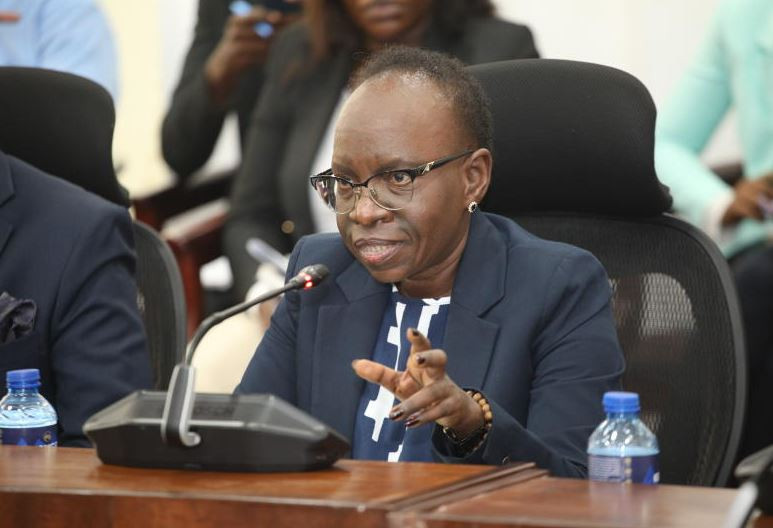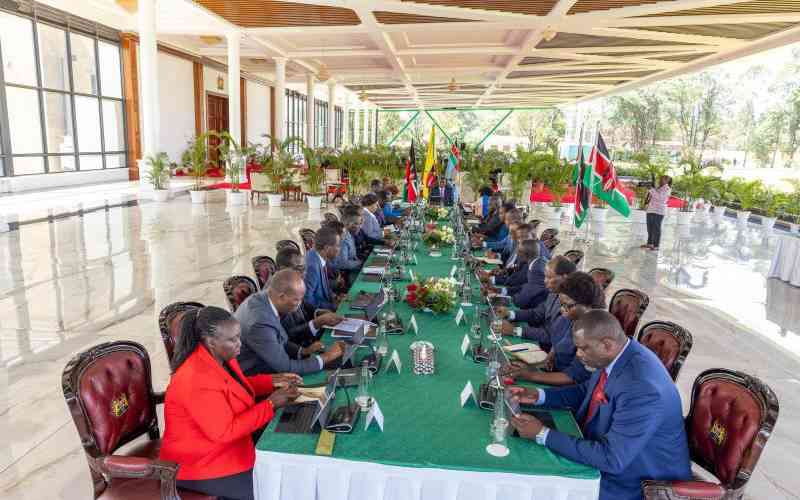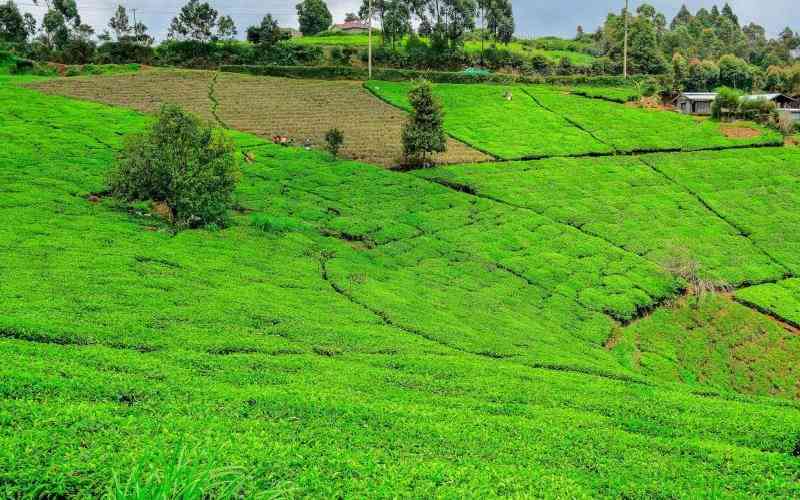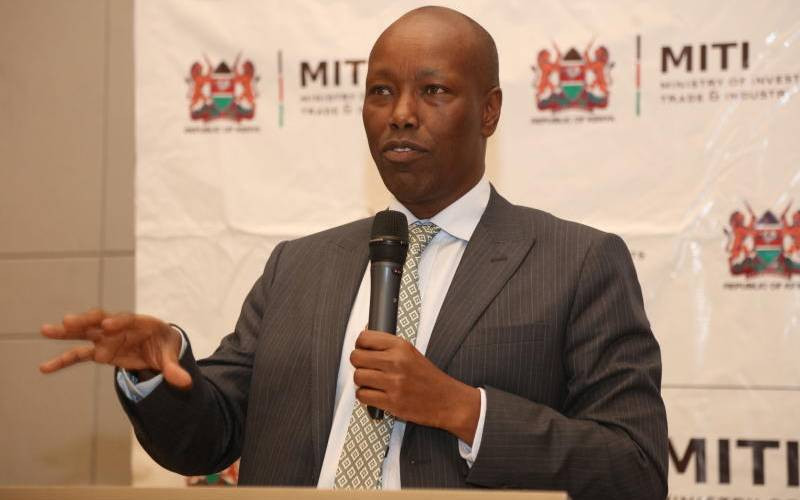×
The Standard e-Paper
Read Offline Anywhere
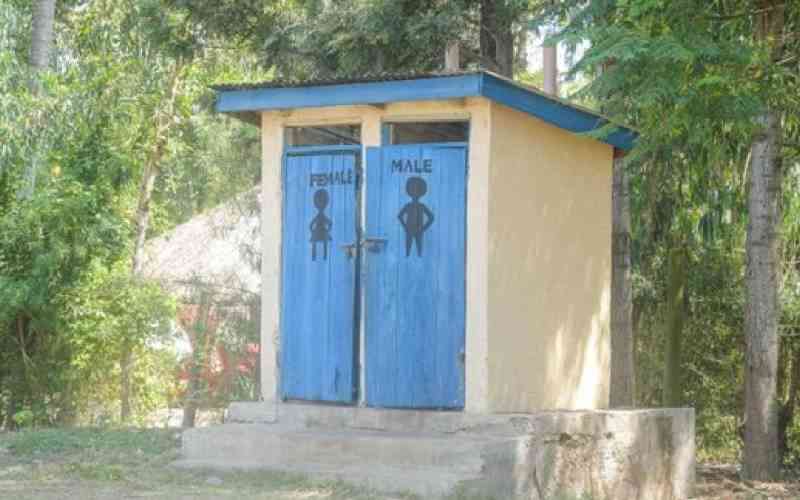
In recent years, global efforts to improve sanitation have made undeniable progress. However, the data remains stark: 3.6 billion people worldwide still lack access to safely managed sanitation, according to the WHO.
